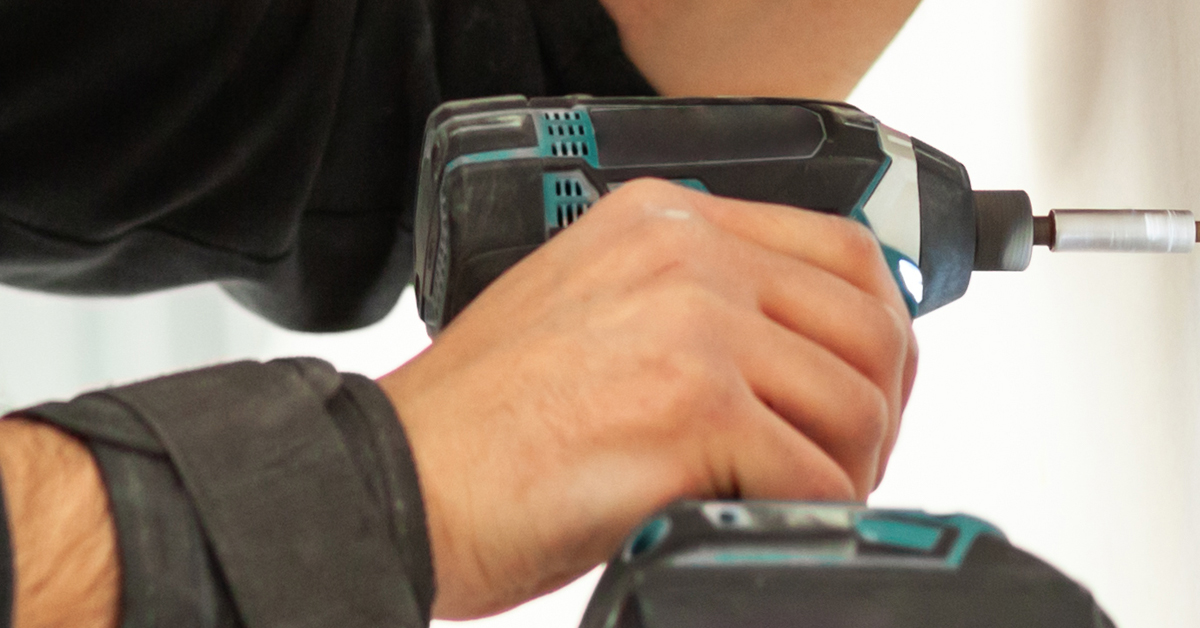Manufactured homes gradually begin to settle over time –– becoming uneven –– due to the soil your home foundation rests on. This can cause cracks in the walls and make the floorboards squeak because of ever-widening gaps, so it’s critical to understand when re-leveling your mobile home is necessary to avoid potential long-term trouble or even a catastrophic and costly situations.
Pro tip: The soil that the home foundation rests on is typically at the root of a potential leveling problem.
How often should you check the level of your home?
At a minimum, check your home once a year. It can change as a result of severe Arizona weather, such as the typical summer monsoons or snow and runoff in the higher elevations. If you’ve just moved your mobile home to a new location, you should always make sure it’s level before settling in. It’s fairly easy to verify with a standard water level or simply sighting it with your eyes.
WHAT TO LOOK FOR:
Doors & windows stick
Examine the doors and windows of your manufactured home to determine if they are level. If they don’t close smoothly and completely, frequently protrude or don’t swing all the way open, try adjusting the door and window hinges first, and apply some WD40. If the problem persists, you’ve likely got a leveling issue that needs addressing.
Wall & ceiling cracks appear or worsen
When the walls and ceilings start to crack, this is another indication that your manufactured home isn’t level. It may only begin with a hairline crack, but over time, that crack lengthens and widens, making it obvious that there is a problem with your manufacture home that needs attention.
Floor warping
Check for flooring that is bowing or buckling. If the foundation supporting your manufactured home shifts in any way, the floors may begin to become uneven. You may even hear squeaking when walking across the floor. If your mobile home doesn’t get re-leveled soon, support pillars will break, causing severe damage with costly repairs.
Bulges or cracks in the skirting
The distance between the bottom of the home and the skirting can sometimes change as the house moves on its foundation. This can be observed as a wider gap than before, or occasionally the siding on the walls is crushed by pressure from the added weight of the house.
Tie-down straps aren’t tight
Foundation piers sinking into the ground lead to loose manufactured home tie-down straps. There are times when the straps along one side of the house are tight while those on the opposite side are loose. This condition develops when the house begins to sag on its foundation.
HOW TO FIX IT:
If you’re noticing any of the problems listed above and they persist, it’s time to act before the situation worsens causing additional problems.
You can tackle some of the simpler challenges on your own. To keep your home level and in excellent condition for many years to come, it’s best to hire a professional manufactured home leveling service. They can make the necessary repairs and adjustments you need!




